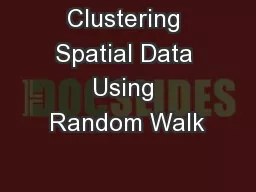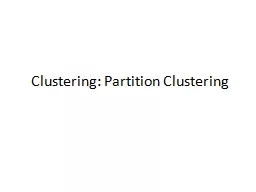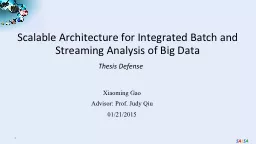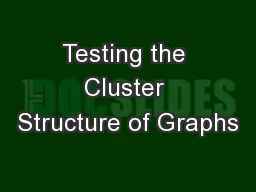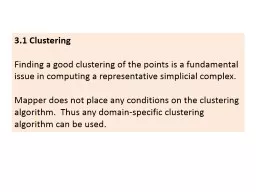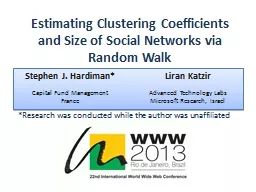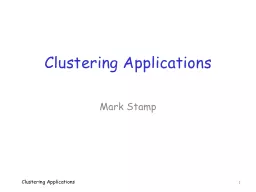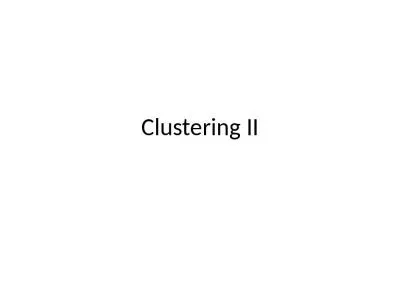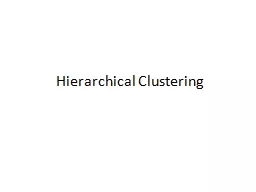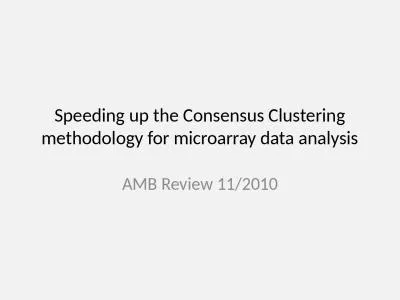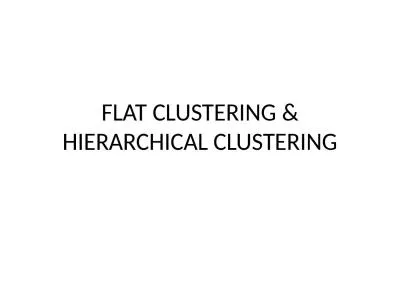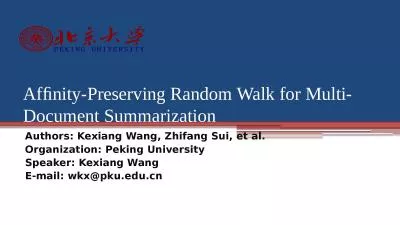PPT-Clustering Spatial Data Using Random Walk
Author : min-jolicoeur | Published Date : 2017-08-25
David Harel and Yehuda Koren KDD 2001 Introduction Advances in database technologies resulted in huge amounts of spatial data The characteristics of spatial data
Presentation Embed Code
Download Presentation
Download Presentation The PPT/PDF document "Clustering Spatial Data Using Random Wal..." is the property of its rightful owner. Permission is granted to download and print the materials on this website for personal, non-commercial use only, and to display it on your personal computer provided you do not modify the materials and that you retain all copyright notices contained in the materials. By downloading content from our website, you accept the terms of this agreement.
Clustering Spatial Data Using Random Walk: Transcript
Download Rules Of Document
"Clustering Spatial Data Using Random Walk"The content belongs to its owner. You may download and print it for personal use, without modification, and keep all copyright notices. By downloading, you agree to these terms.
Related Documents

